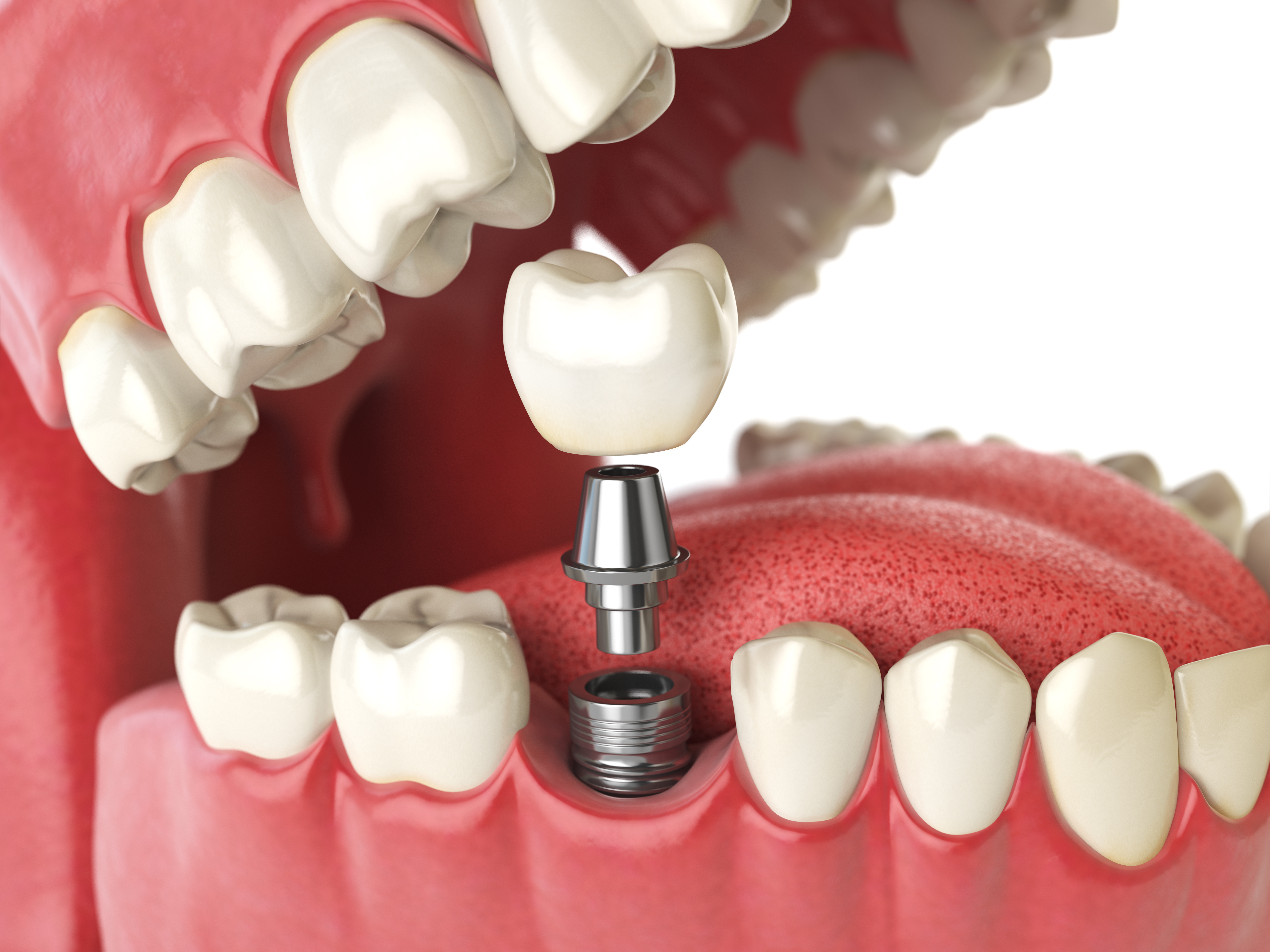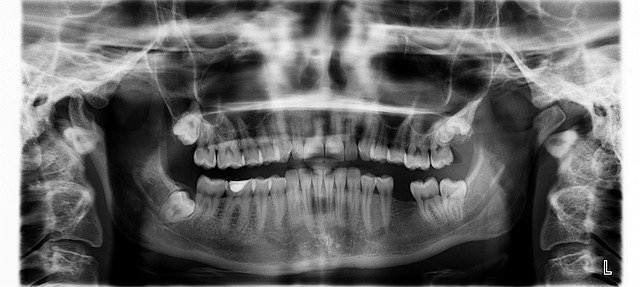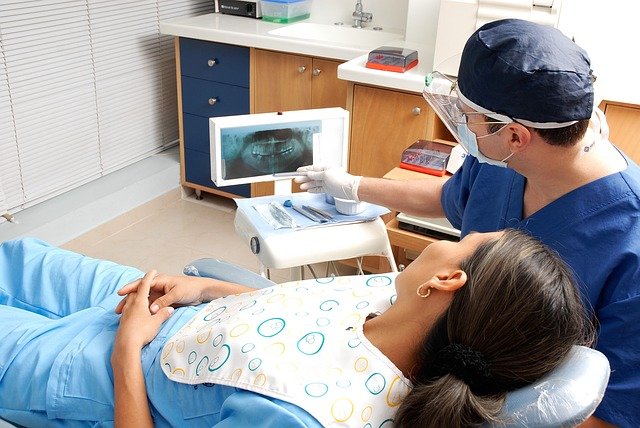Screwless Dental Implants: A Modern Approach to Restoration
Dental implants have revolutionized the field of restorative dentistry, offering a permanent solution for missing teeth. Among the latest innovations in this field are screwless dental implants, a cutting-edge approach that promises enhanced comfort and stability for patients. This article delves into the world of screwless dental implants, exploring their mechanics, benefits, longevity, and maintenance, providing you with a comprehensive understanding of this modern dental restoration technique.

What Are Screwless Dental Implants?
Screwless dental implants, also known as friction-fit or press-fit implants, are a innovative type of dental prosthesis designed to replace missing teeth without the use of traditional screws. Unlike conventional implants that rely on screws to secure the artificial tooth to the implant post, screwless implants utilize a unique locking mechanism. This mechanism allows the crown or bridge to be securely attached to the implant body through friction or pressure, eliminating the need for screws and abutments.
How Do Screwless Dental Implants Work?
The screwless dental implant system works on the principle of mechanical retention. The process begins with the surgical placement of a titanium implant into the jawbone, similar to traditional implants. However, the key difference lies in the connection between the implant and the prosthetic tooth. Screwless implants feature a specially designed interface that allows the crown to be directly pressed or snapped onto the implant body. This connection is typically achieved through a tapered or conical design that creates a tight, friction-based fit when the crown is inserted.
What Benefits Do Screwless Implants Offer?
Screwless dental implants offer several advantages over their traditional counterparts. Firstly, they simplify the implant procedure by eliminating the need for additional components like abutments and screws. This streamlined approach can lead to faster treatment times and potentially reduced costs. Additionally, the absence of screws means there’s no risk of screw loosening or breakage, which can be a concern with conventional implants.
Another significant benefit is improved aesthetics. The screwless design allows for a more natural-looking restoration, as there are no visible screw access holes on the crown’s surface. This is particularly advantageous for front teeth where appearance is crucial. Furthermore, the seamless connection between the implant and crown can contribute to better gum health by minimizing gaps where bacteria could potentially accumulate.
How Long Do Screwless Implants Last?
The longevity of screwless dental implants is comparable to that of traditional implants, with proper care and maintenance. While long-term studies on screwless implants are still ongoing, initial research and clinical experiences suggest that they can last for many years, potentially even a lifetime. The durability of these implants largely depends on factors such as the patient’s oral hygiene, overall health, and lifestyle habits.
It’s important to note that while the implant itself may last indefinitely, the crown or prosthetic tooth attached to it may need replacement after 10-15 years due to normal wear and tear. Regular dental check-ups and proper maintenance are crucial for ensuring the longevity of both the implant and the restoration.
Tips for Maintaining Screwless Dental Implants
Maintaining screwless dental implants is similar to caring for natural teeth, but with a few additional considerations. Here are some essential tips for preserving the health and longevity of your screwless implants:
-
Practice excellent oral hygiene: Brush twice daily with a soft-bristled toothbrush and floss regularly, paying special attention to the area around the implant.
-
Use interdental brushes or water flossers: These tools can help clean hard-to-reach areas around the implant more effectively than traditional floss.
-
Avoid abrasive toothpastes: Opt for non-abrasive or implant-specific toothpastes to prevent scratching the implant surface.
-
Attend regular dental check-ups: Schedule biannual visits to your dentist for professional cleaning and examination of your implants.
-
Avoid harmful habits: Refrain from smoking, excessive alcohol consumption, and using your teeth as tools, as these can negatively impact implant health.
Are Screwless Implants Right for Everyone?
While screwless dental implants offer numerous benefits, they may not be suitable for every patient or situation. Factors such as bone density, gum health, and the location of the missing tooth play crucial roles in determining candidacy. Additionally, patients with certain medical conditions or those who have undergone radiation therapy in the head and neck area may need to explore alternative options.
Consultation with a qualified implant dentist is essential to determine if screwless implants are the best choice for your specific case. Your dentist will evaluate your oral health, discuss your expectations, and recommend the most appropriate treatment plan.
Screwless dental implants represent a significant advancement in restorative dentistry, offering a modern approach to tooth replacement that combines simplicity, aesthetics, and functionality. As with any dental procedure, success depends on proper patient selection, skilled implementation, and diligent aftercare. By understanding the mechanics, benefits, and maintenance requirements of screwless implants, patients can make informed decisions about their dental restoration options and enjoy the benefits of a healthy, natural-looking smile for years to come.
This article is for informational purposes only and should not be considered medical advice. Please consult a qualified healthcare professional for personalized guidance and treatment.




